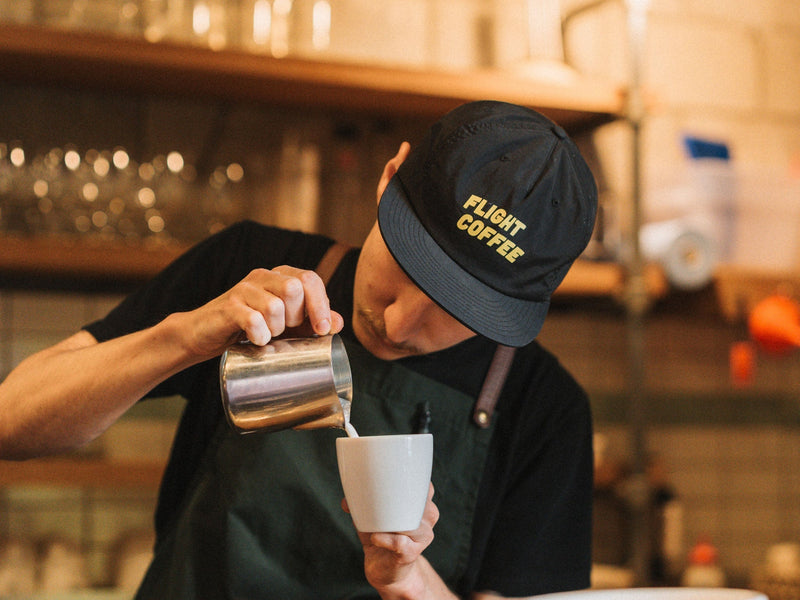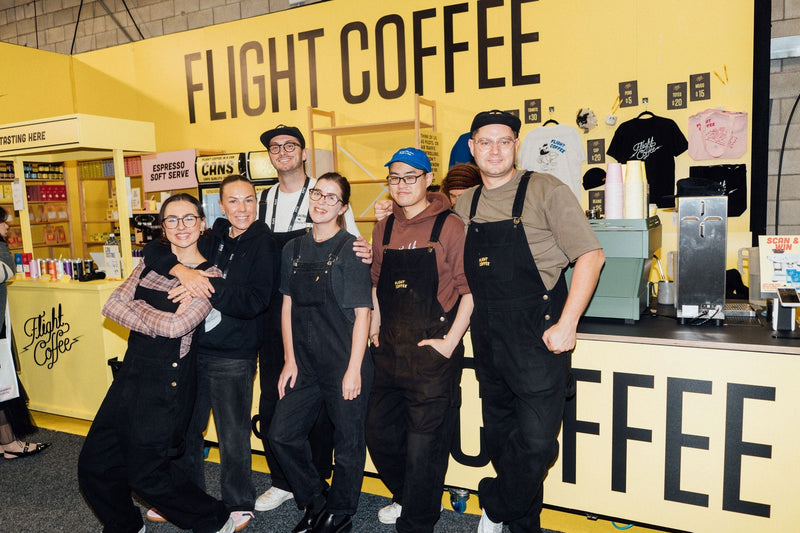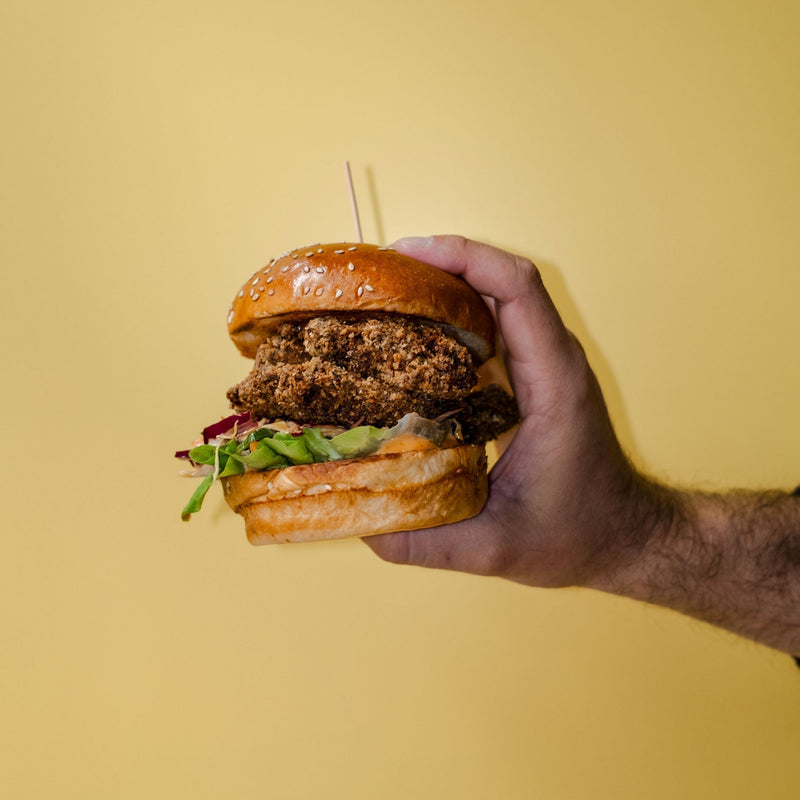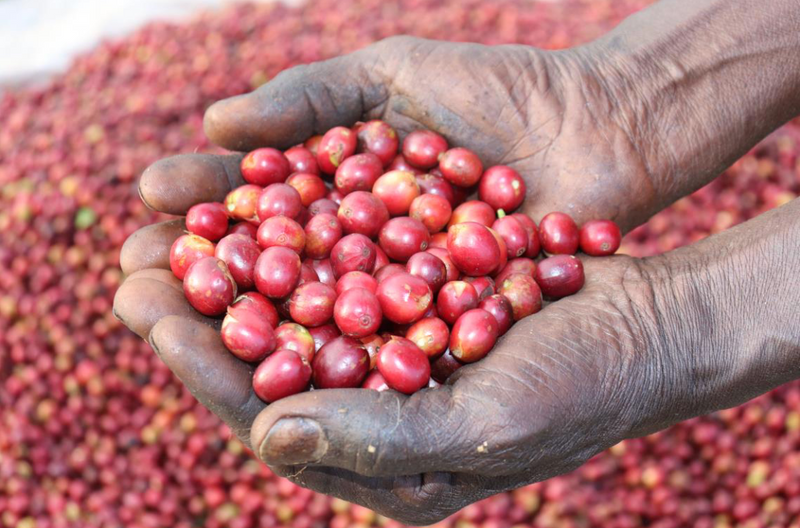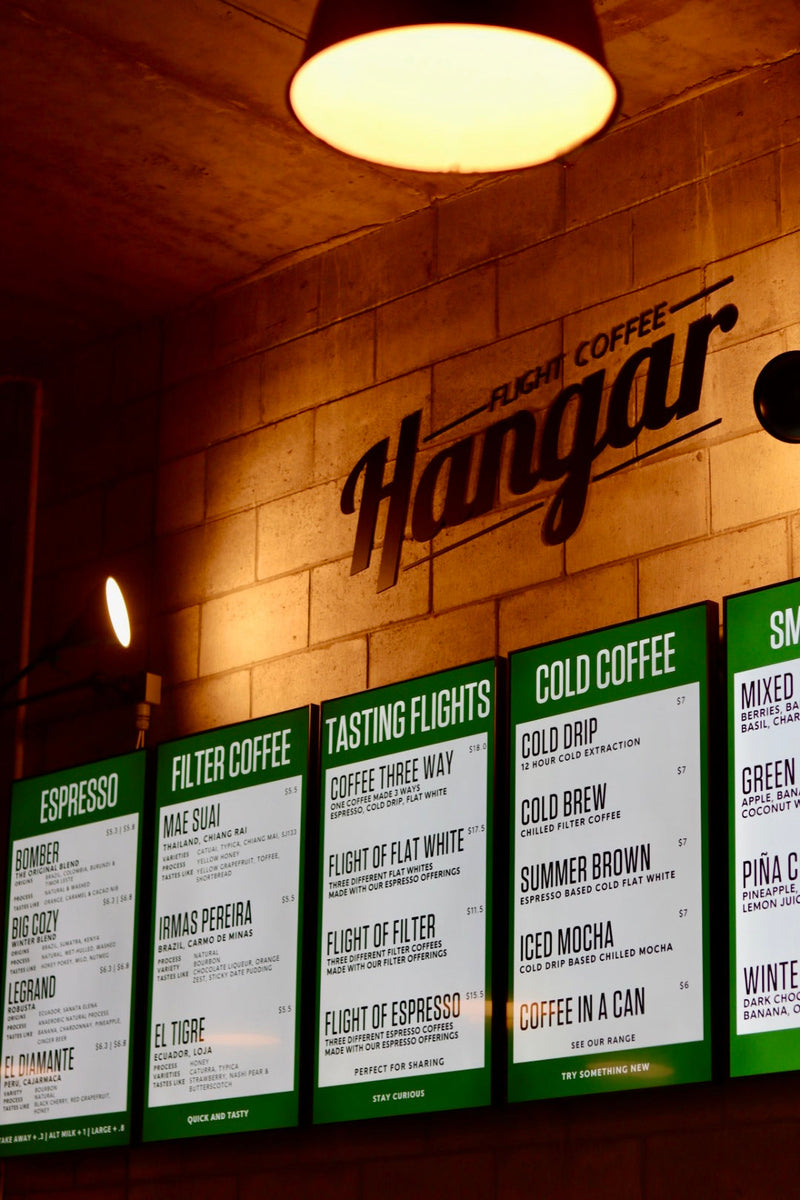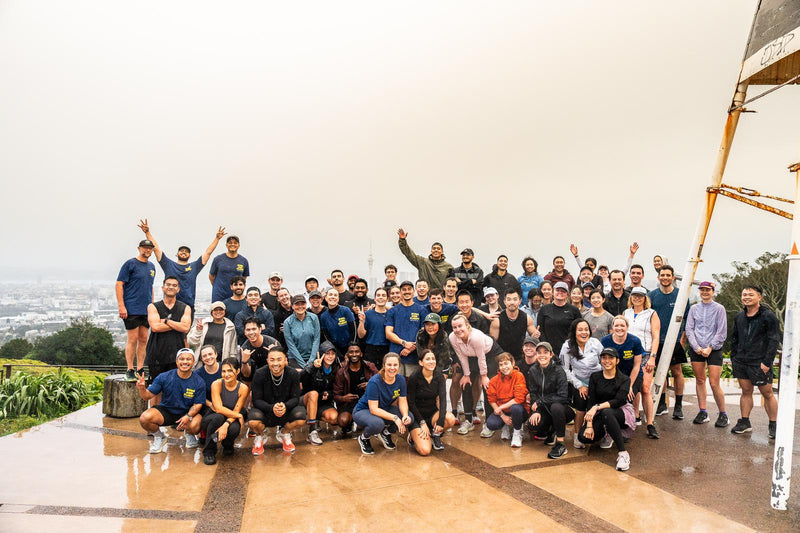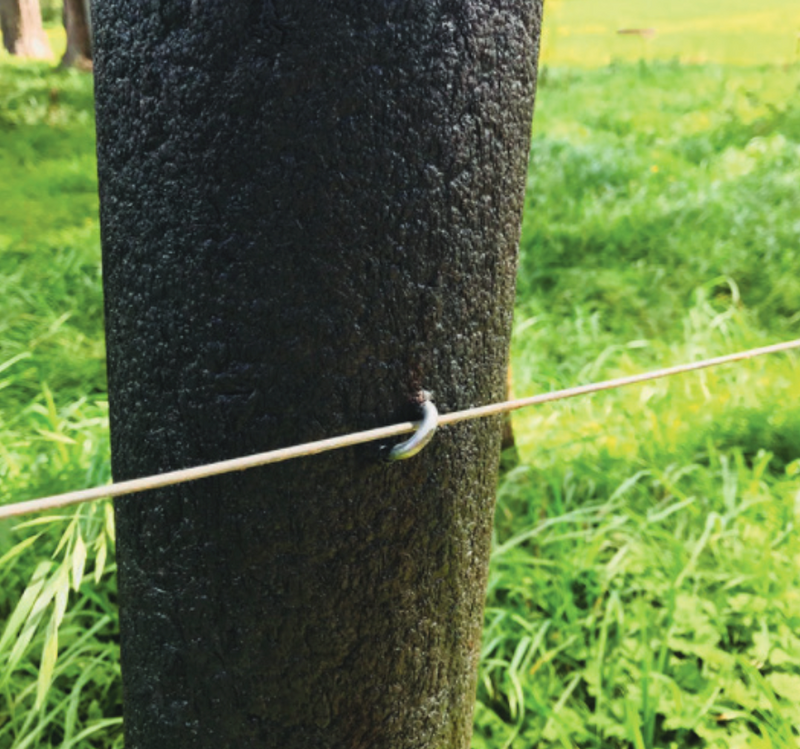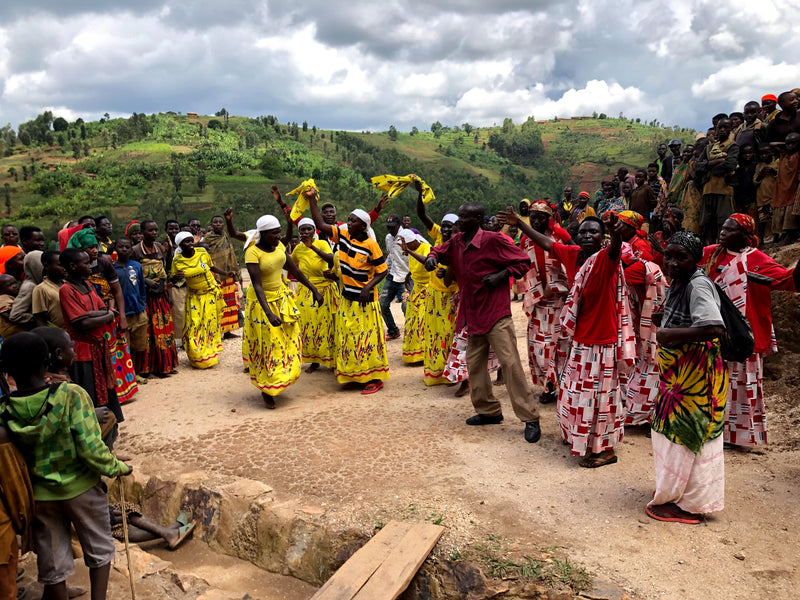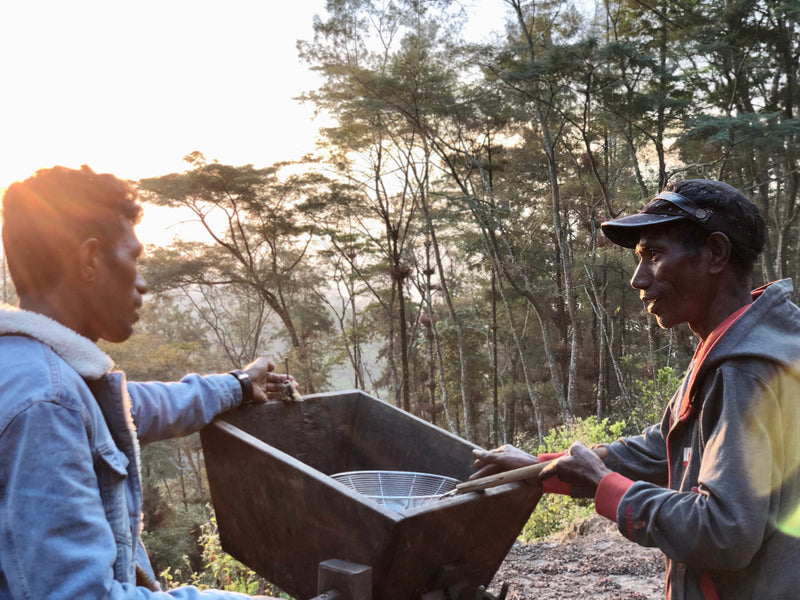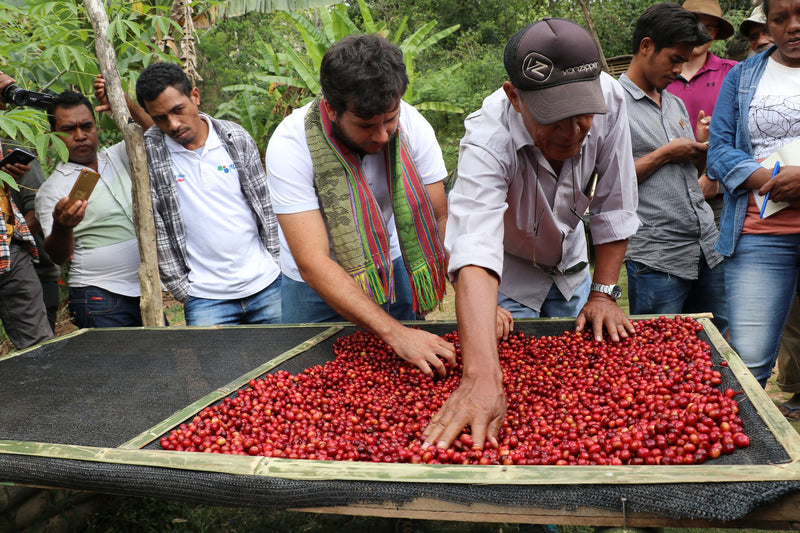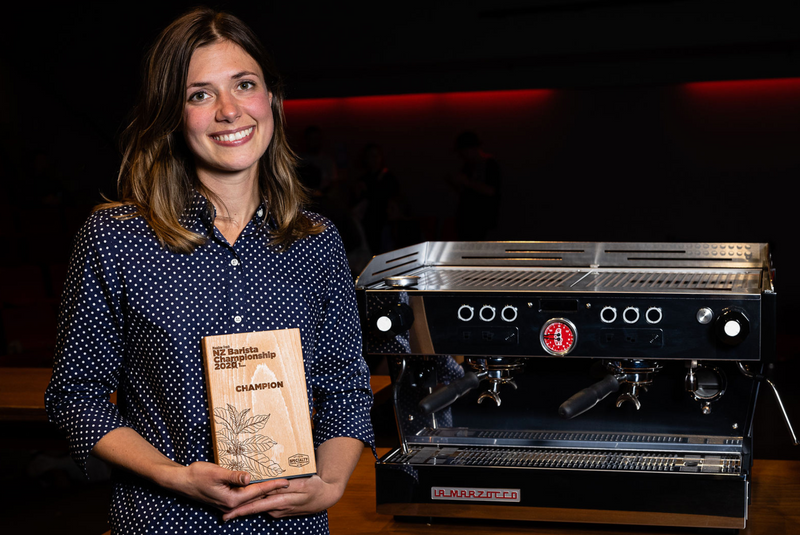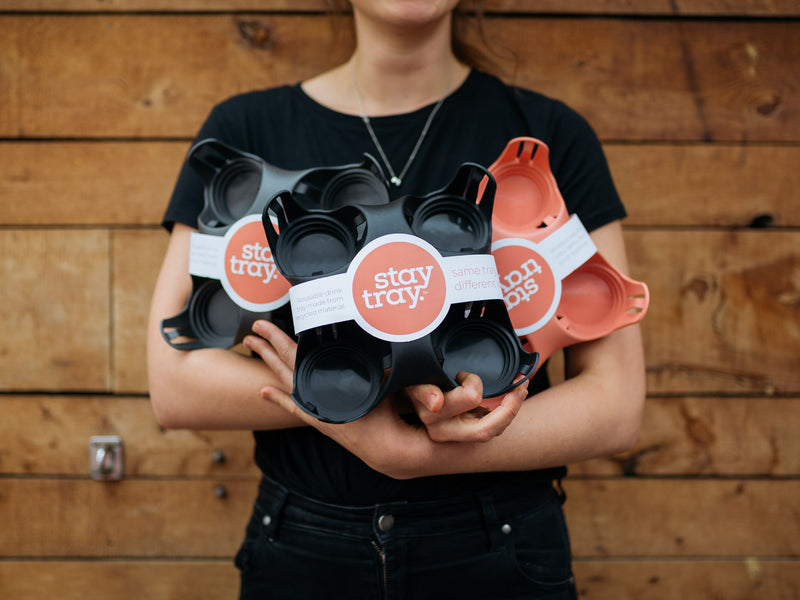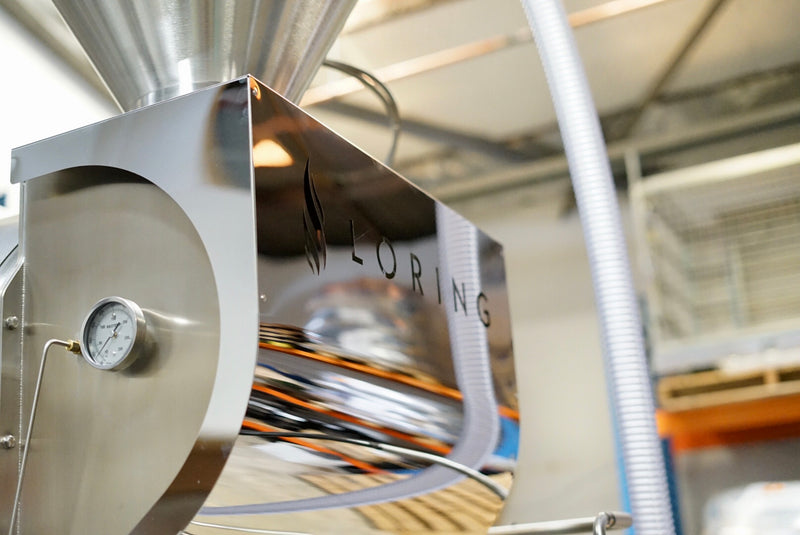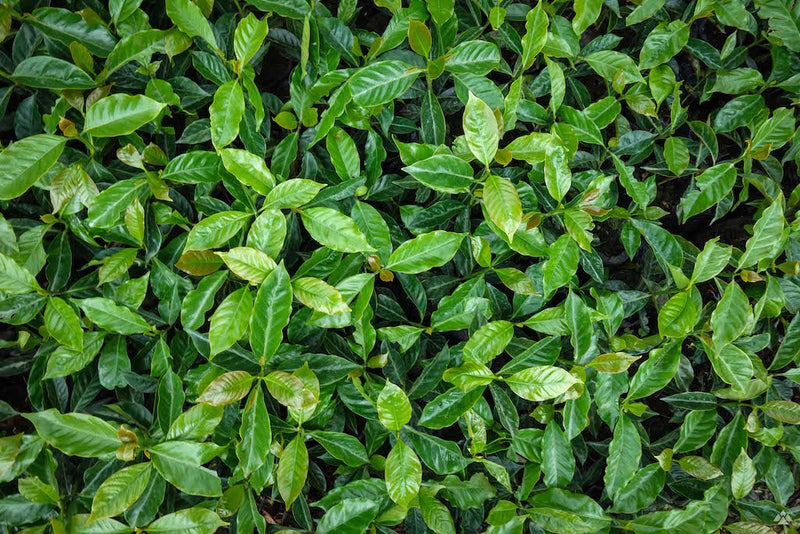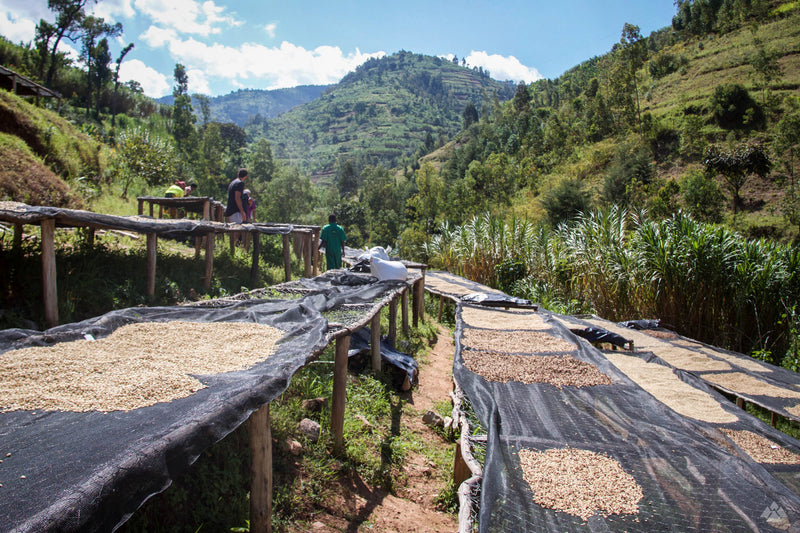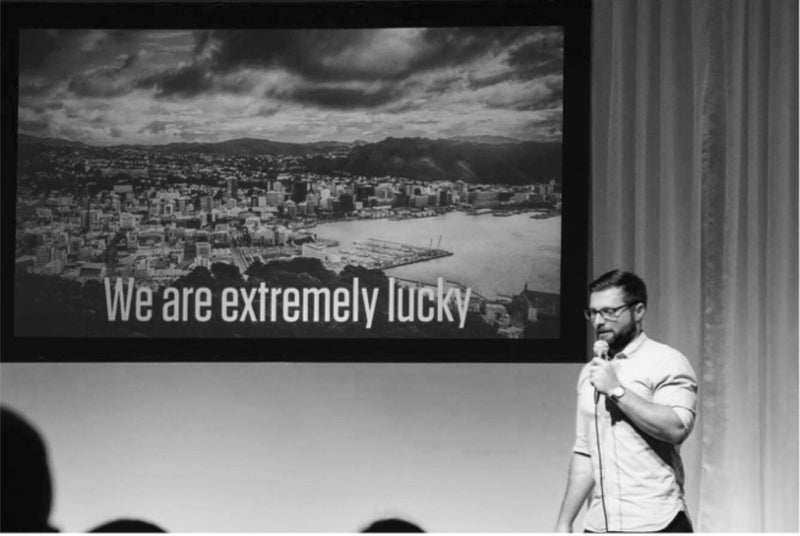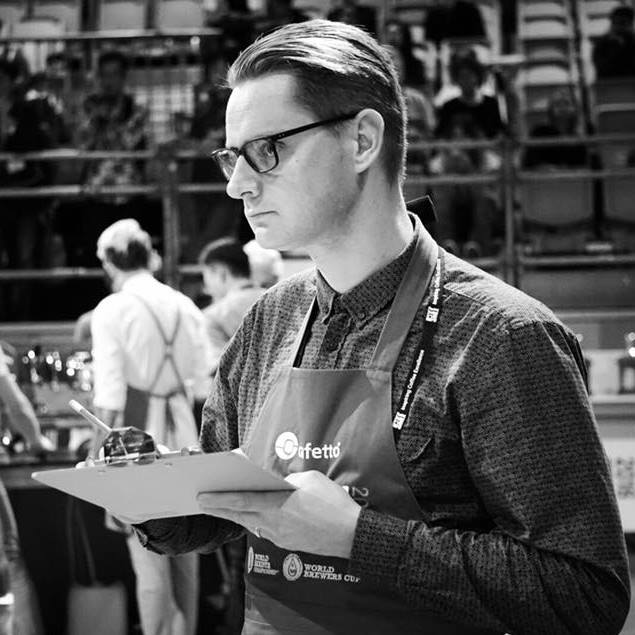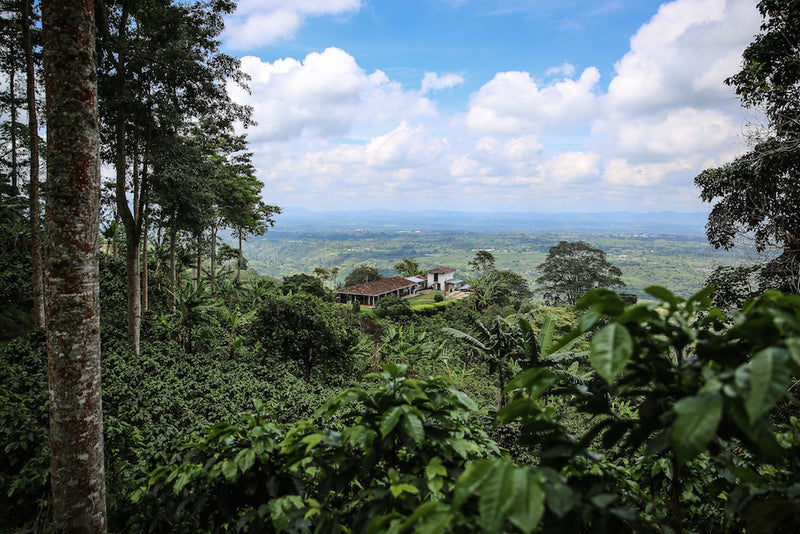Hey, guys! It's Nic Rapp here, Head Roaster for Flight Coffee.
I’m just checking in to fill you in on my recent trip to Rwanda and my first ever origin experience! I’ll start off by saying, if you have the opportunity, whether it’s coffee related or not, you should definitely visit this truly stunning country! Hopefully, by the end of this post you’ll believe me.
Being my first trip to a coffee producing country I really only had a handful of stories and photos from others who had been to Rwanda to go on. I expected a lot of cupping (industry standard method of tasting coffees) and driving off road to various coffee washing stations, which we definitely did. I also had in my head probably the same thing most people think about when they hear you’re going to Rwanda, which was the horrific genocide against the Tutsi minority that started in April 1994, which claimed the lives of an estimated 800,000 Rwandans.
While this horrific series of events was just over twenty years ago, my first impression when arriving in the capital city, Kigali, was not of a broken society reeling from past hardships but of a society that is excelling and getting on with life. In the city, it is clear to see that the past has definitely not been forgotten, with memorials and banners preaching forgiveness all over the city. On the other hand to contrast the tokens of remembrance, I saw a huge amount of investment in infrastructure and growth, with buildings and roads being built throughout the city. From an outside and limited view, it looks like Rwanda is seriously kicking some ass.
When Richard from Raw Material NZ and Sam from Raw Material UK arrived, who were to be joined by other buyers later, we headed over to the Starbucks cupping lab to cup samples from five different washing stations. The stations are all owned and operated by our hosts the guys at Muraho Trading Company (MTCo.), with the exception of Vunga Cooperative, who they are partnered with.

Muraho was set up and run by brothers Gaudam and Karthick Anbalagan, as well as business partner / friend / brother / all-round great guy Emmanuel Rusatira. The first harvest of the first two stations, Rugali and Kilimbi in Nyamasheke was just last year and they have already added to these two by building stations in the regions of Gakenke and Nyabihu, whose first harvests we tasted this trip. Muraho is a young company and is doing a lot for the communities around the washing stations and working to improve quality with innovative processing methods; the first ever legally produced Natural and Honey processed coffees produced in Rwanda come from Kilimbi and Rugali. We are stoked to be working with these guys, as their commitment to quality and sustainable producing practices align with our own values. These guys are also super fun as well, which helps.
Cupping with the guys at the Starbucks lab in Kigali was a great first introduction to cupping at
After spending eight days of solid sample roasting and cupping, we came across some great coffees and some truly surprising, some of which you’ll be able to taste very soon! Something that struck me when roasting the coffees was just how clean and free from defects they were, particularly the higher grades. This really highlighted for me the amount of effort the Muraho stations have gone to sorting and QCing their lots.
After all the cupping was done, we had a tour through the Kigali Genocide Museum. This was both a very somber and eye opening experience, where we learned about the events leading up to and during the genocide as well as post-genocide Rwanda. Unsurprisingly it emphasised just how much Rwanda has been through, as well as how impressive it was to experience such a sense of unity and forgiveness in the community.
The next day we headed to RWACOF’s dry mill where Muraho has all their coffee going through the final milling stage to get ready for export. We had a quick cupping of some early harvest Burundi samples, that GreenCo General Manager Maxime hand-delivered from Ngozi, Burundi especially. After tasting the early harvest samples it was time to see the stations.
For eight days we had been roasting and cupping in the lab in Kigali, so we were getting anxious to get out in the field. The road to these stations was insane. Around every corner, there were stunning vistas of hills stretched out beneath us. Everything was either bright green or a rich orange, with many shades in between. Trying to describe it seems ridiculous. Gadz frequently said that the drive to these stations is marketing enough and he was bang on!
Bumbogo is one of the new stations whose first harvest is this year, along with Shyira and Vunga. After a relatively quick drive from Kigali of stunning scenery, I was definitely not expecting what came next. We were greeted with the whole station (108 people) singing and dancing with the most incredible energy I’ve ever experienced; it was electric! When we left the station we had an even more ecstatic farewell dance party or “rave” (as quoted by Steve). The energy of the dancing and singing, along with all the dust being kicked up by hundreds of feet left us feeling all pretty emotional.
Having the opportunity to be shown through the different processes was pretty eye opening for me and had more than a few moments when things started to click in my mind. Stomping on the pulped beans to remove remaining mucilage was probably the most fun and exhausting part of the processing. It became clear how the quality of the coffees we tasted was so high with all the different levels of sorting and quality management we were taken through, which I will go into more detail in the next blog, so keep an eye out for more.

Over the next few days, we visited Vunga and Shyira in the Nyabihu district then drove over to Nyamasheke to see Rugali and Kilimbi. I couldn’t believe it, but we had a similar reception at all the washing stations we went to, each station with its own uniqueness and energy. The way we were all greeted and embraced by the communities I feel speaks massively to how the guys at Muraho have contributed to the local communities, matched by the amount of respect and love that was shown towards them by the workers at the stations. It was incredible to see.
Other highlights of being in the field included but not limited to: stopping for meat skewers (Traditional East African style meat skewers called – Nyama Choma) and charcoal grilled potatoes for lunch, smashing over potholed roads in a Toyota Hilux trying to get to Lake Kivu in Kibuye in time for the sunset (we made it and it was mind blowing), and eating fish caught from Lake Kivu while sitting next to it, looking over to Congo across the lake.
Hopefully, this blog has helped to give some insight into what it’s like tasting coffee and visiting stations in Rwanda. However, I hardly think words are adequate to fully describe the beauty of this country and its people. This was only a brief account of my two weeks in Rwanda, but I could talk about it for hours. I’ll be writing a second blog to briefly go over what I experienced of the more technical side of growing, processing and cupping coffee in Rwanda, so stay tuned, keep an ear to the ground and keep an eye out for more!

I’ll also take this opportunity to thank Muraho Trading Company for being incredible hosts and showing us their stunning country. I’ve never seen or experienced anything like it. Also, thanks to Flight Coffee for getting me there! If you want to see more from the Muraho stations check out their Instagram: @murahotradingco. 
In the words of Muraho Trading Company and everyone from the stations, Hobe, Hobe, Hobe! See you next time and Murakoze Cyane (Thank you very much)!
Nic Rapp
Shop expand_more
-
Coffee
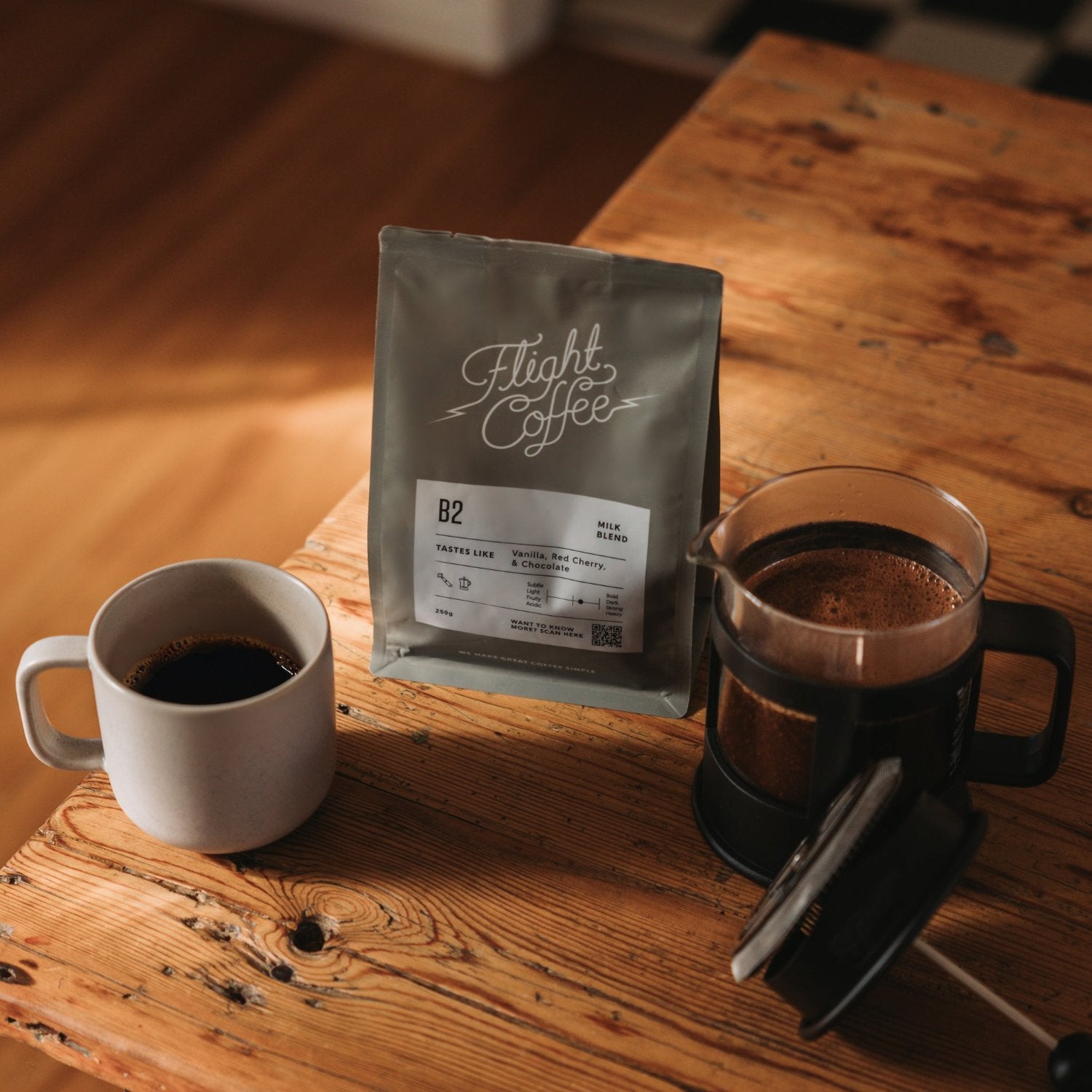
-
Cans

-
Subscriptions

-
Equipment & Accessories

-
Gifts & Merch

-
Pantry

-
Brands

local_shipping
Free urban shipping
On orders $35 & over
local_shipping
Free rural shipping
On orders $50 & over
coffee
Subscribe & save
Fresh coffee delivered





